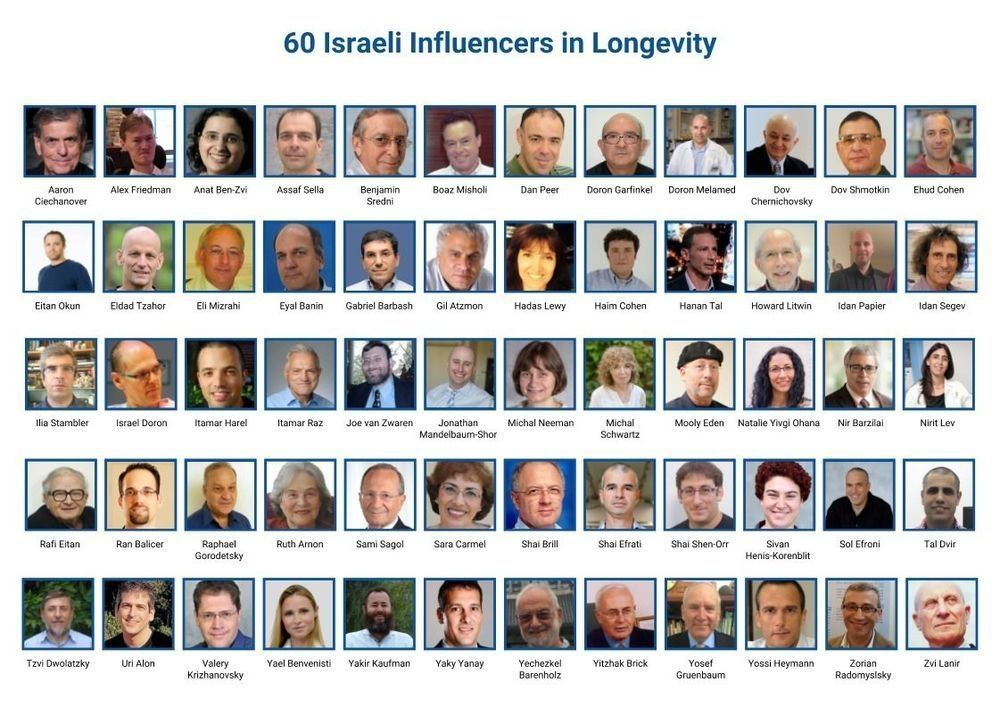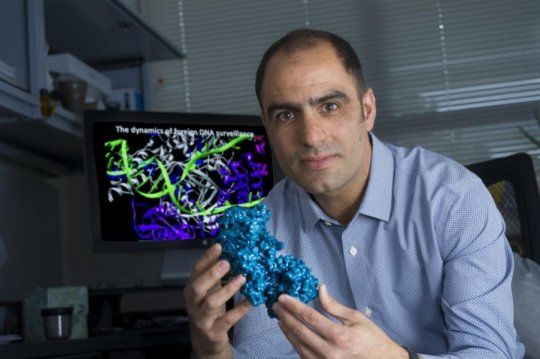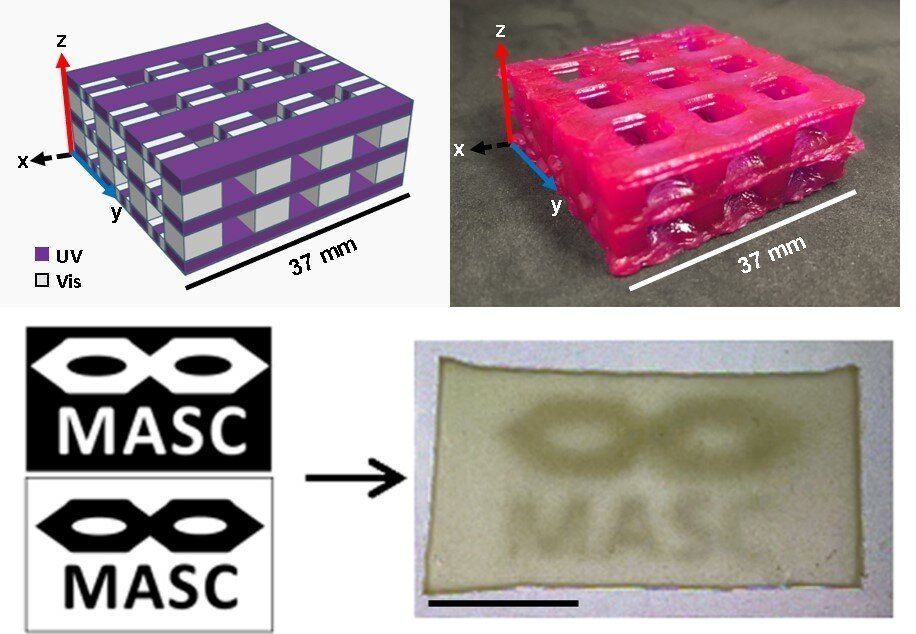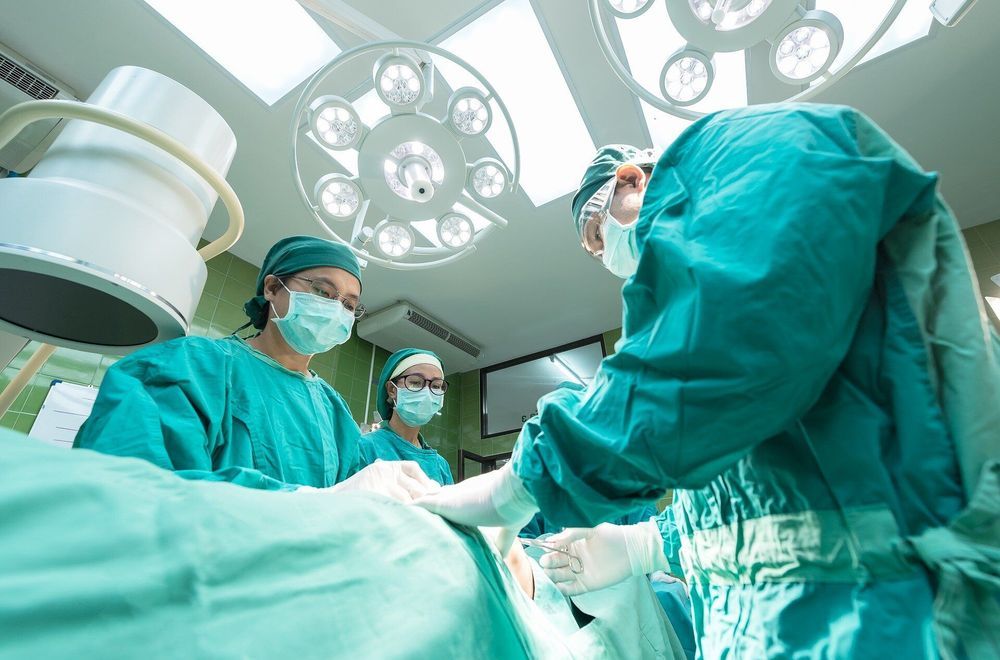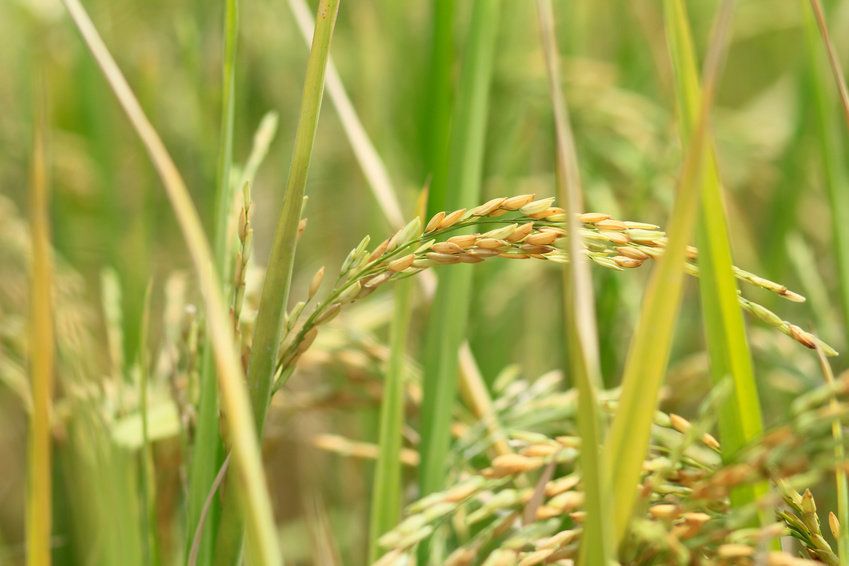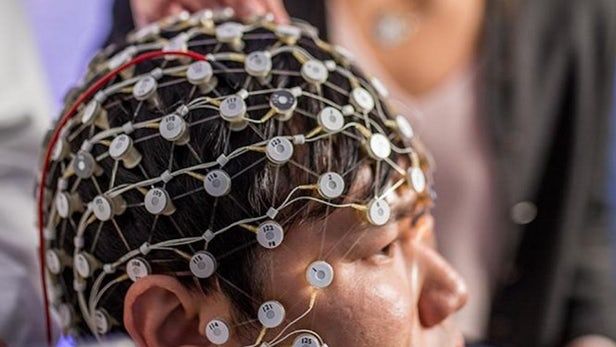And Vetek Association present their list of the top 60 Longevity Influencers in Israel, whose efforts in science, technology, industry and policy are driving the growth of the Israeli Longevity Landscape.
Link to the Report: https://www.aginganalytics.com/longevity-in-israel
Aaron Ciechanover Anat Ben-Zvi, Ph.D., Clinical Psychologist Boaz Misholi Dov Chernichovsky — דב צ’רניחובסקי Ehud Cohen Eyal banin Idan Segev Ilia Stambler Israel Issi Doron Itamar Harel Itamar Raz Jonathan Mandelbaum Michael Neeman Mooly Eden Nir Barzilai MD Rafi Eitan Raphael Gorodetsky Ruth Arnon Uri Alon Valery Krizhanovsky Yael Sorek-benvenisti Yechezkel Barenholz Yosef Gruenbaum.
